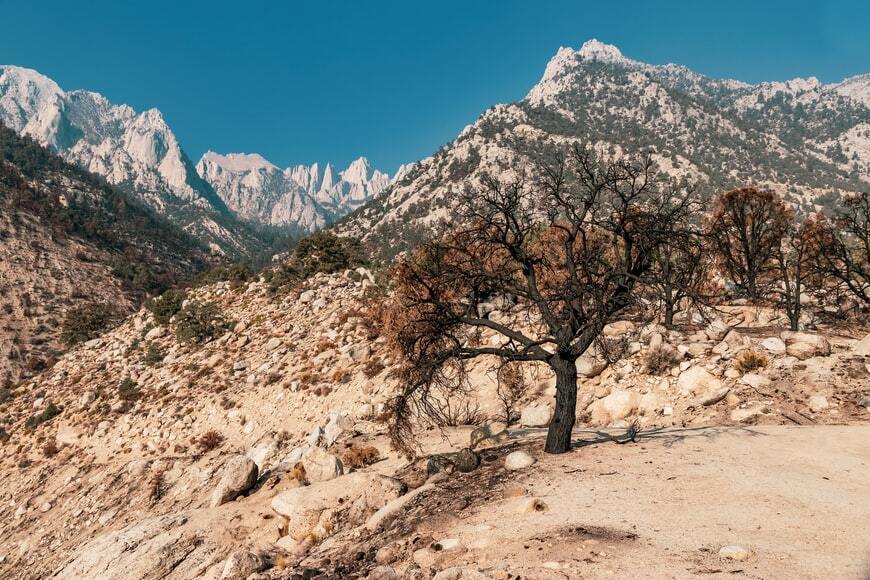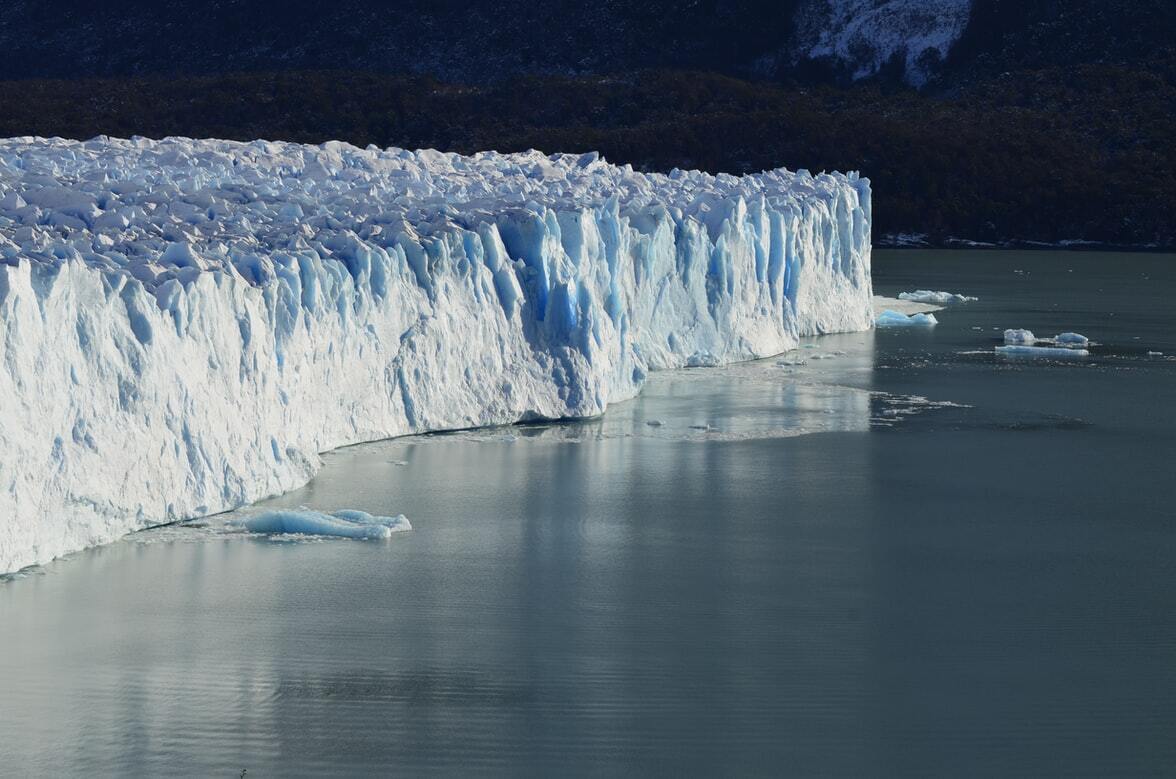Life
There are three scenarios: scientists have predicted what will happen to the Earth by 2500
Scientists have said that by 2500, the climate on Earth may change beyond recognition, and humans will face the problem of survival. Depending on which strategy humanity chooses, the planet has three options for further development.
According to a study published in Global Change Biology by an international team of scientists led by Christopher Lyon of McGill University in Quebec (Canada), even with prompt intervention in the problem of emissions of harmful substances into the atmosphere, soil, and oceans, humanity may soon face the problem of climate change. It will become so hot that it will lead to the devastation of vast territories and the extinction of some of the world's living creatures.
For their forecasts, the experts used HadCM3 (a model of the general circulation of the atmosphere and ocean developed at the Hadley Center in the United Kingdom). It helped experts to make a forecast of global climate change after 2100.
Scientists have found that humanity has three scenarios for future life on the planet.
One of them assumes that by 2500, the temperature will change so much that tropical forests will no longer be able to grow in the Amazon and will turn into a barren landscape. Extremely hot periods of up to six months will become the norm in Africa, Arabia, Southeast Asia, and northern Australia. In India, where thousands of people are already dying due to hot weather, the annual temperature will rise by several more degrees. According to scientists, this will lead to changes in the agricultural sector, which will be forced to employ more and more robots. Also, the area suitable for growing the ten most important staple foods will be significantly reduced by 15-18%.
"Potatoes, wheat, corn, rice, soybeans, and millet may become scarce," the scientists warned.
The second option, the "more flexible" one, assumes an average temperature rise of less than two degrees. In this case, the area under crop cultivation in temperate latitudes would decrease by only 2.9%. But even in this scenario, scientists anticipate migration processes caused by climate change and increased conflicts over the planet's resources.
Another option considered by experts involves a rise in the level of the world's oceans. In the event of such a scenario, humanity could perish.
"Vast areas of the Earth will change in such a way that they will no longer be suitable for human habitation," the scientists said.
Experts have called for thinking about what our planet will look like in 100, 500 years today and doing everything possible for the survival of humanity.





























